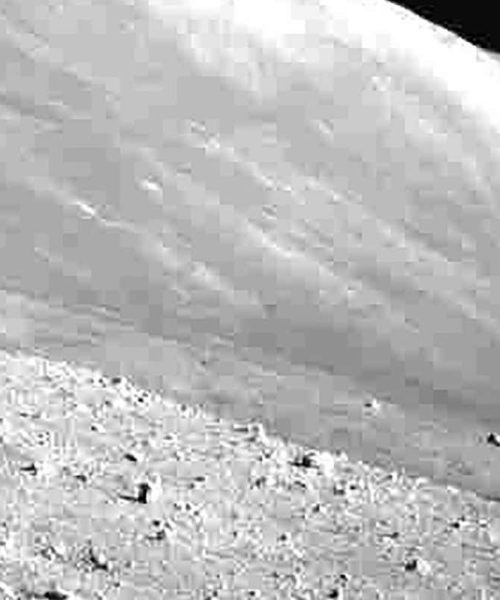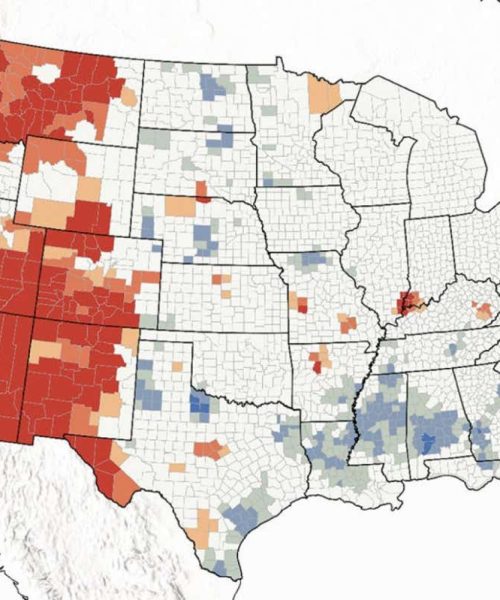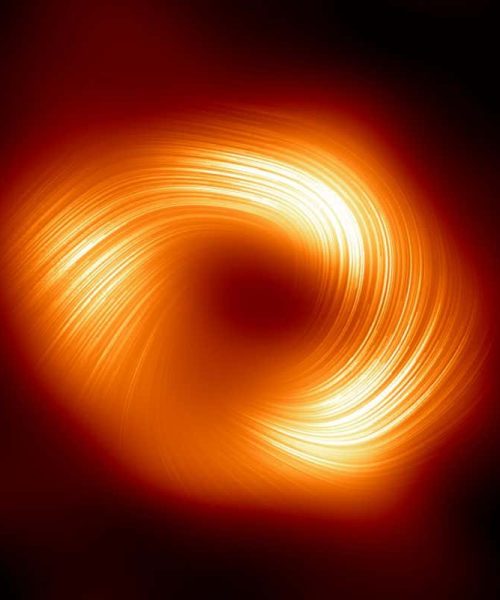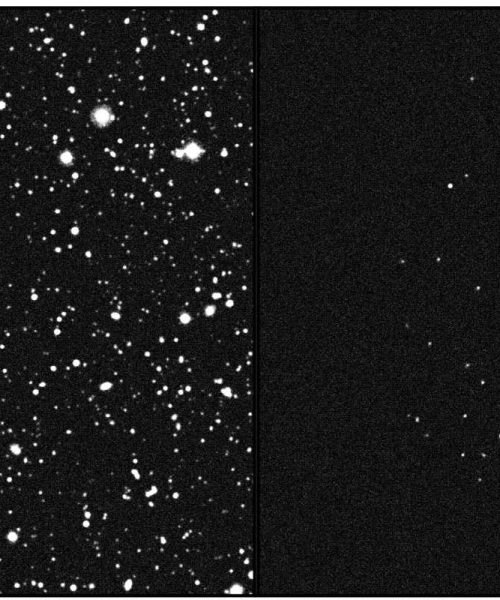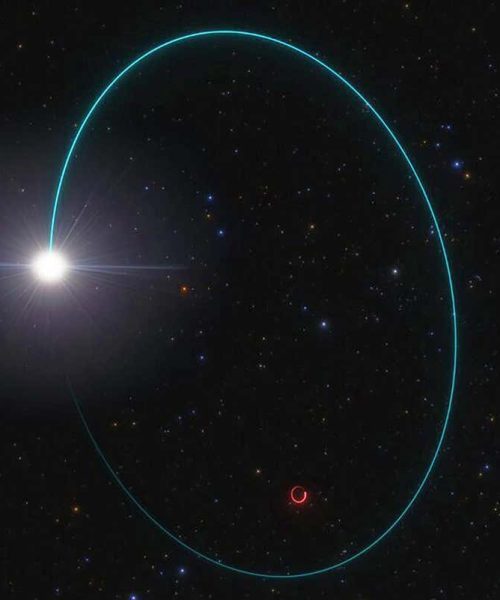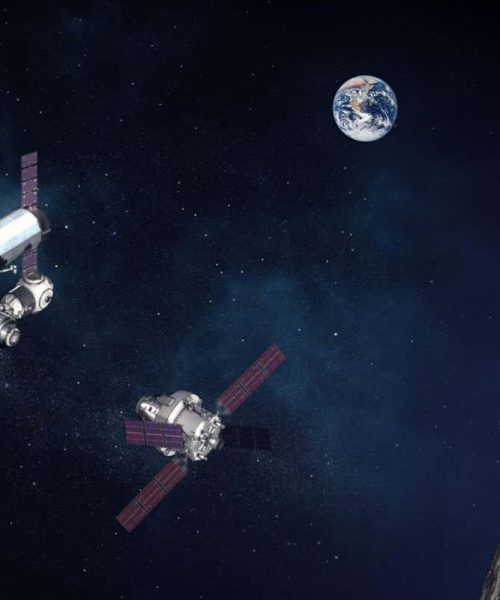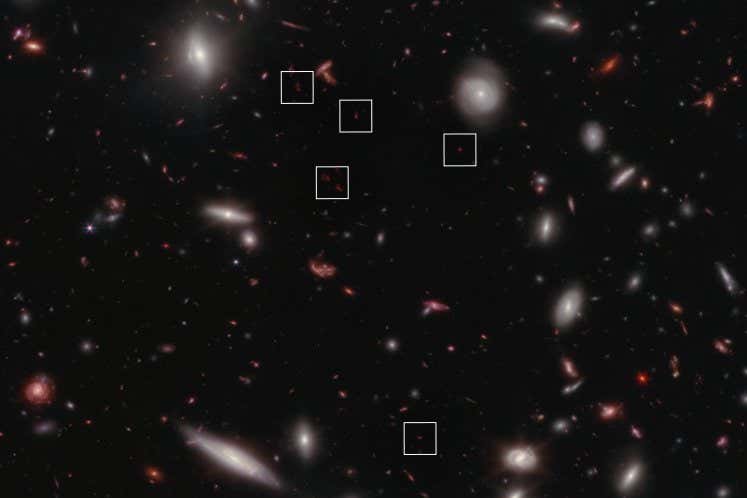
The seven galaxies highlighted here in five boxes are part of the most distant galaxy cluster ever found
IMAGE: NASA, ESA, CSA, Takahiro Morishita (IPAC) IMAGE PROCESSING: Alyssa Pagan (STScI)
Astronomers have used the James Webb Space Telescope (JWST) to spot the most distant galaxy cluster ever found, located nearly 30 billion light years away. All seven galaxies in the clump had been observed before with the Hubble Space Telescope, but scientists didn’t know how far away they were or whether they were truly bound together.
Takahiro Morishita at the California Institute of Technology and his colleagues used JWST’s spectrometer to measure the redshifts of these galaxies. Redshift is a phenomenon caused by the expansion of the universe, which means that the further away an object is, the faster it is moving away from us. This changes the wavelength of its light, similar to how the pitch of an ambulance’s siren changes as it drives by.
“We knew for a while from the Hubble data that there was an interesting over-density of galaxies,” said Morishita in a statement. “It came as a surprise when we first saw the spectra from JWST – all seven galaxies were aligned at the exact same redshift.”
Advertisement
Because light takes time to travel from distant objects to JWST’s position orbiting the sun, the telescope sees these galaxies as they were about 650 million years after the big bang. As we currently see the proto-cluster, it appears small. But if its light could reach us instantaneously, letting us see what it looks like today, it would most likely be colossal, having gravitationally roped in thousands of other galaxies.
“We can see these distant galaxies like small drops of water in different rivers, and we can see that eventually they will all become part of one big, mighty river,” said Benedetta Vulcani at the National Institute of Astrophysics in Italy in a statement. The researchers’ simulations hint that this proto-cluster may now be one of the most enormous clusters in the universe.
Topics:
